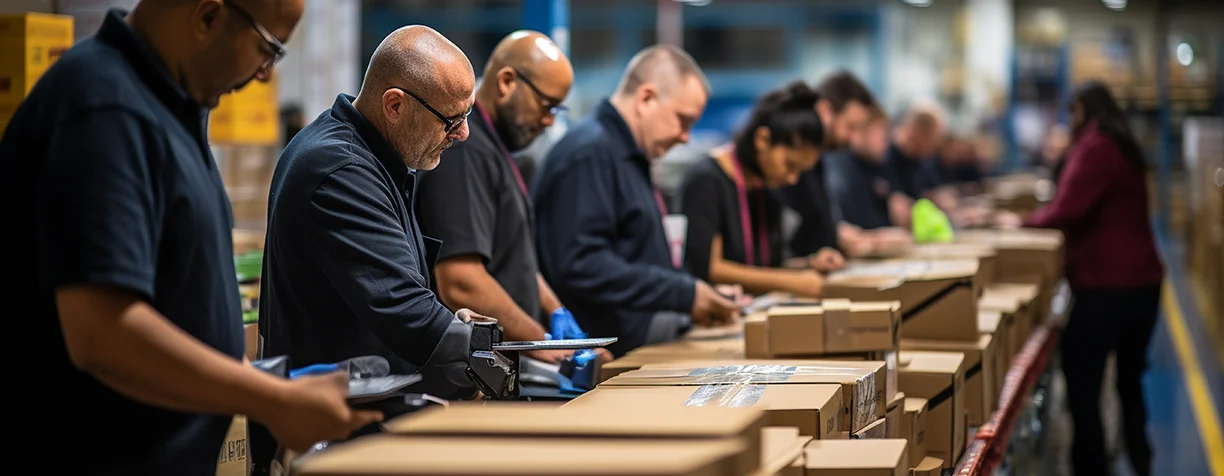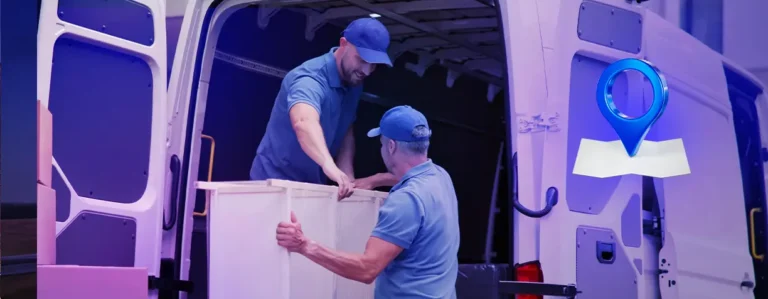As we approach 2025, the e-commerce landscape is experiencing rapid changes, driven by evolving consumer expectations, advancements in technology, and heightened competition among retailers. Understanding the top e-commerce fulfillment trends is essential for companies looking to sharpen their operations and maintain customer satisfaction.
In this blog, we’ll explore these trends in-depth, offering insights and forecasts that will help businesses stay relevant in the ever-changing world of e-commerce.
Table of Contents
Best E-commerce Fulfillment Trends in 2025
One of the most noteworthy of the top e-commerce fulfillment trends is the rise of same-day delivery services. Due to increased consumer expectations for immediate gratification, brands are challenged to implement faster shipping methods. A survey by McKinsey found that 70% of consumers expect same-day or next-day delivery, driving many companies to reevaluate their logistics strategies. Brands like Amazon and Walmart are setting high standards, leading others to follow suit.
Key E-commerce Fulfillment Insights
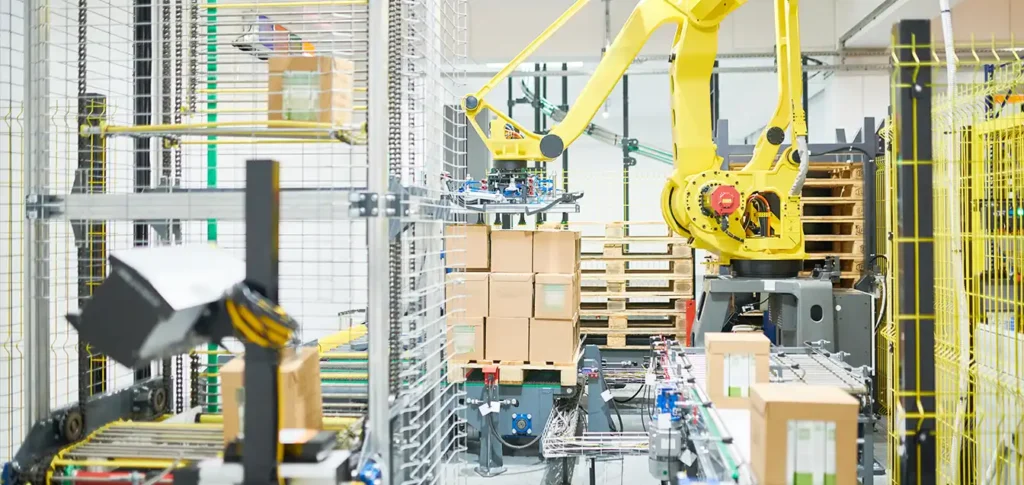
A key insight into the future of e-commerce fulfillment is the increasing reliance on automation in warehousing operations. The use of robotic systems, automated storage, and retrieval systems is becoming commonplace, optimizing the picking and packing processes. According to a report by Statista, the market size for warehousing automation is expected to reach $30 billion by 2026, growing at an annual rate of 13%. Companies leveraging automation will see significant cost reductions, improved inventory management, and more accurate fulfillment processes, making this one of the hallmark top e-commerce fulfillment trends of our time.
For example, Ocado, a UK-based online grocery retailer, has made headlines for its use of automated warehouses, drastically reducing delivery times and costs. This trend sets the foundation for other companies to invest in advanced technology, leading to enhanced fulfillment capabilities.
Top E-commerce Fulfillment Updates
In line with the movement toward speedier deliveries, omnichannel fulfillment strategies are also gaining significant momentum. As one of the important top e-commerce fulfillment trends, businesses are adopting hybrid models that integrate their online and offline functionalities. For instance, retailers are encouraging buy-online-pick-up-in-store (BOPIS) options as a way to improve customer convenience. A survey conducted by the National Retail Federation indicated that 60% of consumers who utilized BOPIS reported a positive shopping experience.
E-commerce Fulfillment in Canada
In the Canadian market, the shift towards 3PL logistics Canada is particularly noteworthy. As part of the overall top e-commerce fulfillment trends, outsourcing fulfillment services enables companies to meet customer demands more effectively. The local knowledge held by 3PL providers like DelGate ensures that businesses tailor their logistics solutions to fit regional consumer preferences. With the growing demand for e-commerce, leveraging third-party logistics services and fulfillment services Canada has become a strategic advantage among Canadian businesses.
What Is an E-commerce Fulfillment Service?
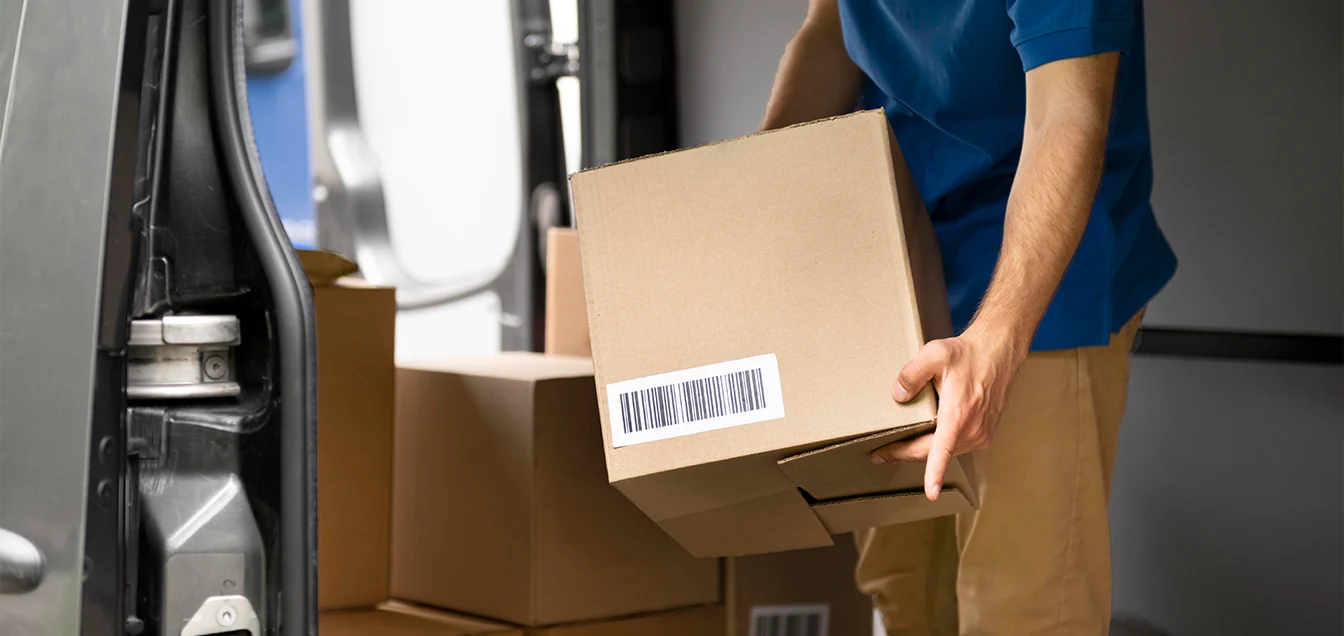
To fully grasp the nuances of the e-commerce landscape, it is essential to understand what an e-commerce fulfillment service entails. These services cover various tasks, including inventory management, order processing, picking, packaging, and shipping. As businesses grow, they often find that outsourcing these activities to specialized service providers helps them improve focus on core operations, expand product offerings, and ultimately enhance customer service. Understanding these aspects is crucial for aligning with the top e-commerce fulfillment trends.
E-commerce Fulfillment Solutions
Adopting advanced tracking and inventory management systems is critical for today’s e-commerce businesses. Companies that implement fulfillment technology solutions can significantly enhance their customer experience. Real-time updates on order status reduce customer inquiries and improve satisfaction rates. For example, Zara uses sophisticated inventory management systems to provide accurate stock information, which not only streamlines operations but also cultivates customer trust. Embracing these technologies is in line with the evolving top e-commerce fulfillment trends.
With the ongoing trend toward direct-to-consumer (DTC) models, businesses must prioritize user-friendly interfaces provided by their fulfillment technology. Companies that fail to implement these solutions risk falling behind in today’s competitive market.
Best E-Commerce Fulfillment Service Provider
Finding the best e-commerce fulfillment service provider is a challenge for many. However, DelGate stands out as a prominent name in Canada. Their extensive network, combined with cutting-edge technology, allows businesses to optimize their fulfillment processes effectively. DelGate excels in areas such as inventory visibility, accurate shipping, and real-time tracking, making it an ideal partner for companies aiming to enhance customer satisfaction. Partnering with such providers is a critical move aligned with the top e-commerce fulfillment trends in 2025.
Other notable companies in the field include ShipBob, which focuses on providing transparent pricing along with fast shipping, Flxpoint, known for its multi-channel integration, Amazon FBA with its extensive reach, and Whiplash, which emphasizes customized fulfillment solutions.
Data-Driven Insights
A closer look at the current e-commerce fulfillment landscape reveals the significant progress being made. Below is a table summarizing pertinent metrics related to the e-commerce fulfillment sector as of 2025:
| Trend | Expected Growth (% YoY) | Current Adoption Rate (%) |
| Same-Day Delivery | 20% | 35% |
| Warehousing Automation | 15% | 25% |
| Omnichannel Retail | 18% | 30% |
| 3PL Logistics in Canada | 22% | 40% |
| E-commerce Tracking Tech | 25% | 45% |
The surge in these trends represents not only an evolution in consumer behavior but also a clear shift toward more sophisticated fulfillment operations. Companies that adapt quickly to these changes are likely to gain substantial competitive advantages, making it essential to embrace the latest developments in fulfillment practices.
Case Study: Walmart
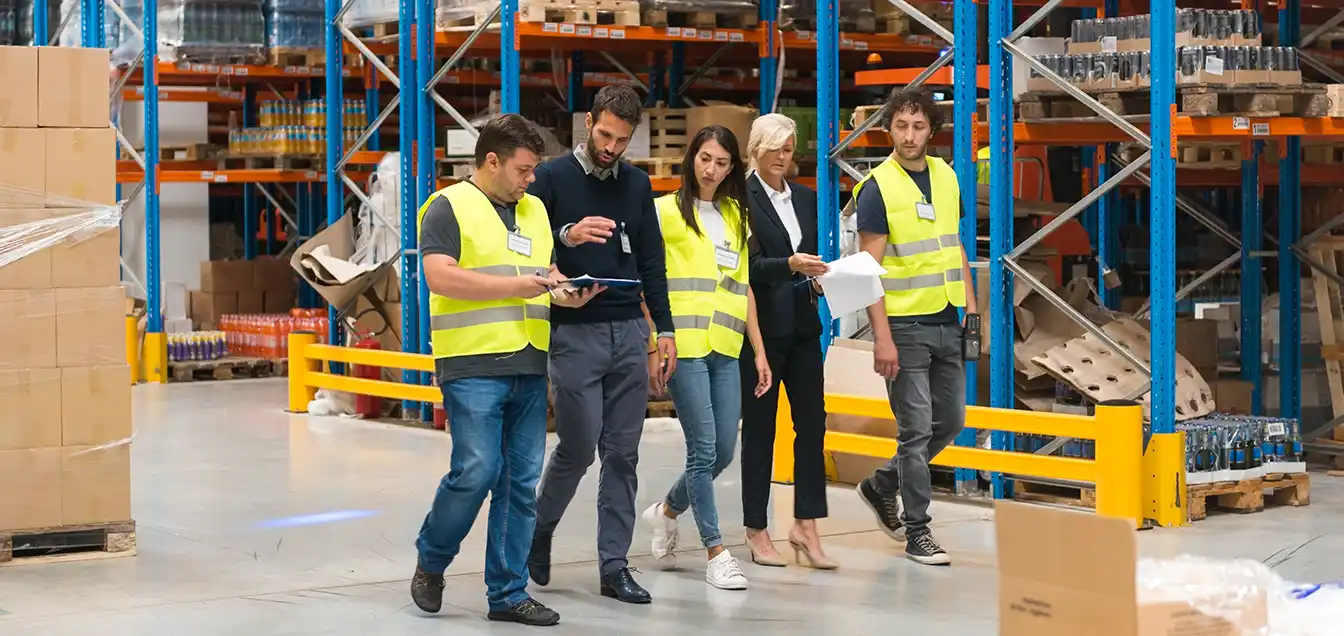
Walmart offers an excellent case study in effective fulfillment practices. The retail giant has implemented innovative logistics solutions to enhance its e-commerce fulfillment processes. By incorporating robotics and artificial intelligence in inventory management and order fulfillment, Walmart has successfully increased efficiency and improved order accuracy. In their latest quarter, Walmart announced a 29% increase in online sales, illustrating how effective fulfillment strategies can translate to significant revenue growth, reinforcing the relevance of the top e-commerce fulfillment trends.
In summary, the e-commerce fulfillment trends of 2025 showcase an evolving landscape characterized by increased speed, efficiency, and technology integration. By staying attuned to these developments, businesses can position themselves to thrive in today’s competitive environment. Firms exploring fulfillment services in Canada should consider partnering with leaders like DelGate, along with other established companies such as ShipBob, Flxpoint, Amazon FBA, and Whiplash.
For further insights on the evolving trends in e-commerce, check out Shopify’s insights. As we move deeper into 2025, adapting to these changes will be a vital component of any successful e-commerce strategy. Understanding and incorporating the latest fulfillment solutions can help businesses meet and exceed their customers’ expectations, ensuring long-term growth and loyalty in this dynamic marketplace.

